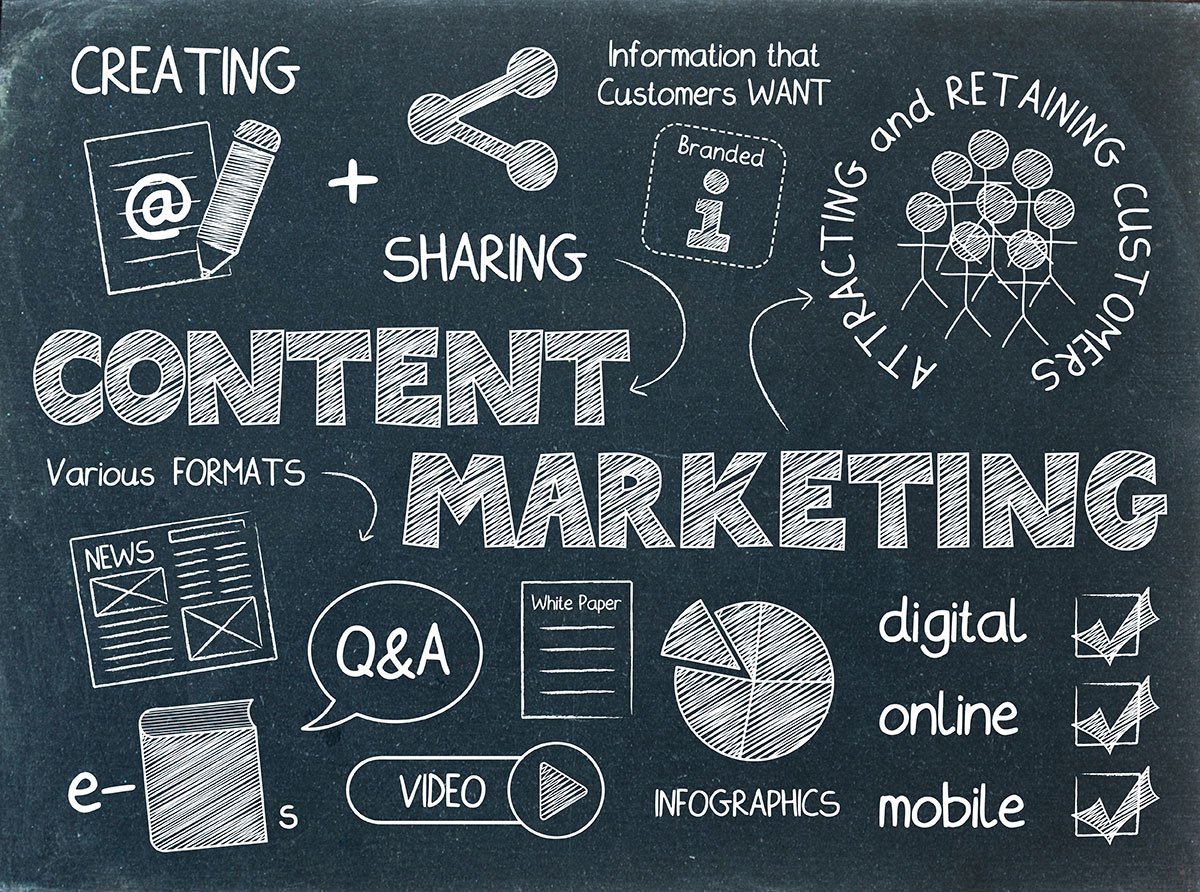Stop 'Pushing' Ads On Buyers Create Content That 'Pulls' Traffic Through Search
We ignore thousands of ads every day but consume 7 hours of content. Stop relying on scale and targeting to sell with ads. This works roughly .2% to 2% of the time (actually 1.91% for search and .35% for display, according to the most recent Google statistics).

If you glean one useful idea from this blog, let it be this: respect that the Buyer’s Journey is buyer-driven and create buyer-centric content to pull traffic and leads, rather than pushing your ads on them.
Marketers use ads so often because so many of them are not talented. It’s a desperate ‘shotgun’ approach, made apparent you consider click-through rates.
But using scale to create an ROI is inelegant. Looking at average click-through rates, 199 out of 200 times, your ad was interruptive and for nobody’s gain.
We recommend companies and marketers create content that helps buyers learn and choose during their ‘Research’ and ‘Consideration’ stages of the Buyer’s Journey.
So, why is this the case? Why do marketers and companies not market as they buy?
Something strange happens when otherwise normal people clock in at work and start their work day as ‘marketers’: they engage in practices they detest when they are on the receiving end. These include:
- Retargeting;
- Cross-platform ads (you searched on YouTube and now Facebook is selling the same thing to you).
- Cross-device ads;
- Smart phones listening-in on them;
- Pop-ups.;
- Display ads;
- Search or display ads with no content offers;
- Websites that are seller-centric, and which contain no helpful, objective-value, content;
- Unsolicited emails;
- Unsolicited phone calls.
Consider your own purchasing process:
- You have a problem.
- You get online and look for solutions.
- You ignore and close ads and brochures. You’re in the driver’s seat. You don’t need someone telling you what’s what.
- You seek objective, helpful content to get information, to learn about your options and how they compare on your terms and in your timeframe.
- At some point, you reduce your choices to a couple. Maybe then, 80% – 90% done with your Buyer Journey, you might look at sales copy from a vendor.
- If it’s an urgent pain-point you have – that 3% of the time – you click and buy from the best-targeted, first. But most of the time, that’s not the case.
Whether your Buyer Journey takes 5 minutes or 6 months, you’re only interested in ads, or brochures, for the last 10% of that journey. This is how 95% of shopping – whether B2B or B2C – happens.
We’re not sure exactly why this concept is so hard for so many to grasp. We’re not saying to throw out targeting or funnel technologies. We’re saying you should sell in a way that respects the realities of how people shop. Ideally, you should keep the technology in your marketing stack and couple it with an advancement in understanding.
“Most ‘marketing’ today is interrupting people to talk about yourself, hoping to take money from them, later.” ~ FlashPointLabs
“Most ‘marketing’ today is interrupting people to talk about yourself, hoping to take money from them, later.” ~ FlashPointLabs
Marketing is practiced incorrectly most of the time and doesn’t take into account how people actually shop in the Web 2.0 era.
The take-home is that nobody wants to be sold anything anymore. Companies don’t take, they receive. You can’t interrupt, you need consent. You don’t push ads, you pull traffic and leads.
Vendors want to vend, but buyers want to research, compare, and choose. The buyer has a process and statistics show this.
The best you can do is work with these realities, and make seller-centric content that helps people.





